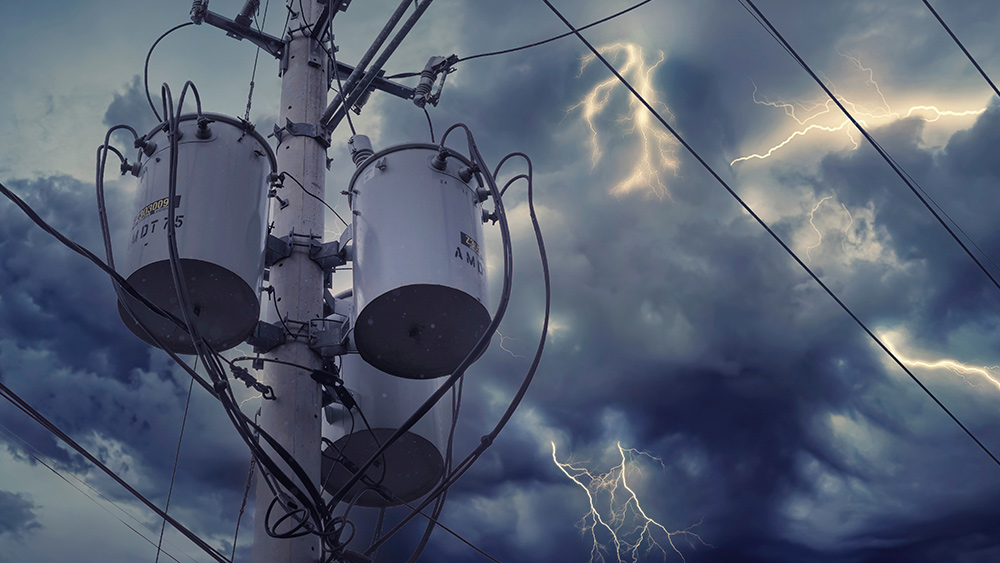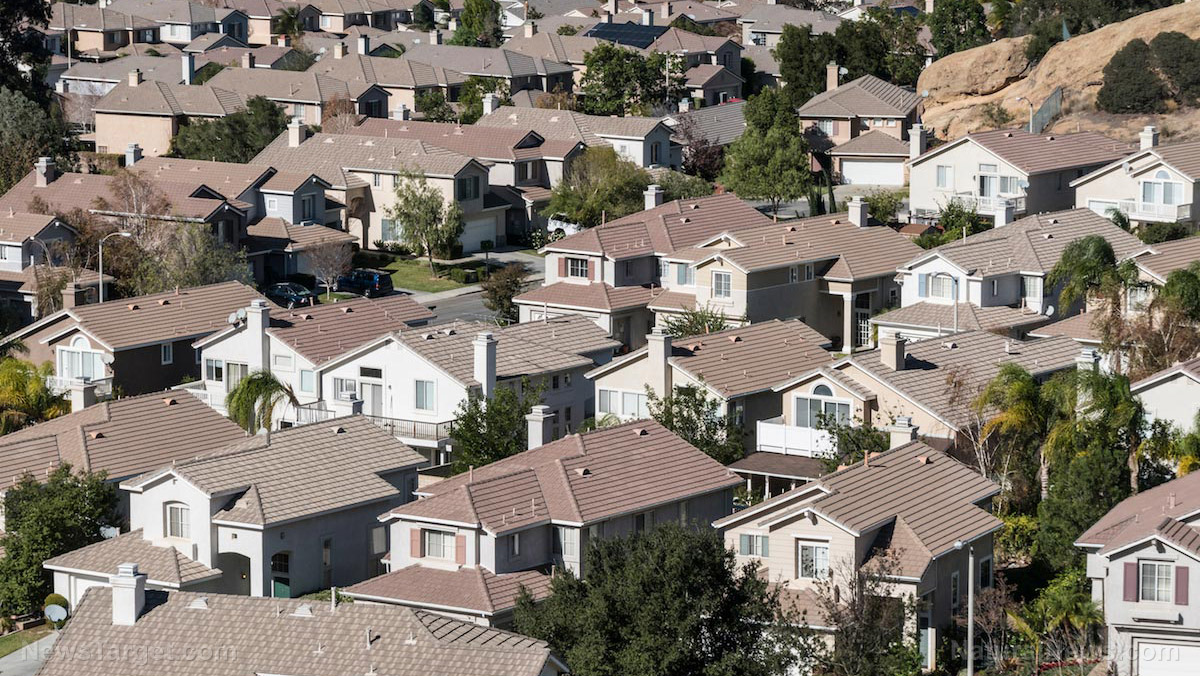America is witnessing the DEMISE of the middle class
11/04/2022 / By Mary Villareal

Middle class in the United States used to mean that one can afford a decent living standard, such as owning a house and a car, with some savings in the bank. When baby boomers reminisce about the “good old days,” they usually refer to a time when being middle class was normal.
However, the American middle class has been contracting over the past five decades. According to Pew Research, the share of adults who live in middle-class households fell from 61 percent in 1971 to 50 percent in 2021.
This shrinking was also accompanied by an increase in the share of adults in the upper-income, which increased from 14 percent in 1971 to 21 percent in 2021. (Related: Sen. Josh Hawley: Big Tech, “concentrated corporate power,” is becoming a dire threat to the middle class.)
Moreover, there was an increase in the share of those in the lower-income tier, from 25 percent to 29 percent in the same timeframe.
The median income for lower-income households grew more slowly than that of middle-class families, increasing from $20,604 in 1970 to $29,963 in 2020, or 45 percent. Comparatively, the rise in income was steepest for upper-income households, with their median income increasing 69 percent during the same time span, from $130,008 to $219,572.
Because of this, the gap between the incomes of the upper-income and other households also increased. By 2020, upper-income families were earning 7.3 times that of lower-income households, up from 6.3 in 1970. On the other hand, the median income of upper-income households was 2.4 times that of middle-income families in 2020, up from 2.2 in 1970.
While the changes occurred gradually, the share of adults in the middle class decreased each decade from 1971 to 2011, but held steady through 2021.
America is failing to support the middle-class lifestyle
Looking at incomes alone obfuscates the most crucial part of the income analysis, but the question becomes how much income it takes to maintain a middle-class lifestyle.
Most importantly, and what is often not included in analyses, is whether or not the standard of living gets “paid for” on an “after-tax” basis.
When tax is included in the equation, it becomes glaringly apparent that roughly 80 percent of America is failing to support the middle-class lifestyle.
Harvard Business Review noted: “Besides a booming labor market, solid household balance sheets help keep spending high. Households’ net worth is far higher than pre-COVID for every single income quintile, providing some buffer to the headwinds of inflation and dour consumer sentiment.”
While it is a true that household net worth has increased since the Wuhan coronavirus (COVID-19) lockdown lows, it is predominately held by the top 10 percent of income earners, leaving the bottom 90 percent fighting over the remaining 30 percent of the wealth.
Debt is not a choice for most middle-class Americans, either. More and more individuals are experiencing such a phenomenon.
“When broken down by generation, younger adults, or Gen Zers, are more likely to experience ‘recession fatigue’ than millennials, Gen Xers, and baby boomers,” a report from BankRate.com noted. It also stated that “recession fatigue” is primarily afflicting younger generations, leaving them unprepared to face a recession.
With the Federal Reserve focused on combating inflation by tightening monetary policy, the financial pressures on households are expected to continue to increase. Moreover, given the already high levels of “unpreparedness” for a recession, such approaches can leave the majority of families dependent on additional debt to make ends meet.
With the pandemic-driven savings now spent, 60 percent of Americans say that they are living paycheck-to-paycheck.
While consumers are able to supplement their disposable incomes with debt to offset rising inflationary pressures, this is not a long-term solution.
As the “wealth cap” continues to widen between those in the top 10 percent of income earners and everyone else, the ability to maintain a middle-class lifestyle becomes all the more challenging.
The average wealth of adults in the “middle 40 percent,” that is the population whose wealth falls in the 50th to 90th percentile, had dropped by seven percent by the close of business on October 25. This means that it fell by more than $27,000 to $366,100 since the March peak. That is the most prominent hit seen since the 2007 to 2009 global financial crisis.
Visit Collapse.news for more news like this.
Watch the video below about the demise of the middle class in the United States.
This video is from the channel What is happening on Brighteon.com.
More related stories:
Middle class collapses in America as 35% of households face debt collectors.
Nearly 50 million Americans now on food stamps as middle class plummets into poverty.
Neo-feudalism on the rise in America as home ownership dies with the middle class.
Sources include:
Submit a correction >>
Tagged Under:
American economy, Collapse, debt, disposable income, economy, finance, financial crisis, global recession, government, income, Inflation, middle class, politics, recession, wealth
This article may contain statements that reflect the opinion of the author
RECENT NEWS & ARTICLES
COPYRIGHT © 2017 RISK NEWS




















